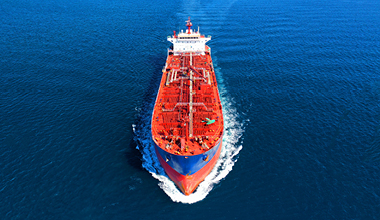Seafaring is a demanding profession that exposes mariners to a wide range of risks, both natural and human-made. Ensuring the safety and security of seafarers and their vessels is of paramount importance. Here, we will delve into vessel protection strategies aimed at safeguarding the lives and assets of those who work on the high seas.
Security training:
Vessel protection begins with the crew. Seafarers must undergo comprehensive security training to recognize potential threats, implement emergency procedures, and operate security equipment effectively. Training programs often cover piracy, stowaway prevention, and the handling of security incidents.
Risk assessment:
Before embarking on a voyage, it’s essential to conduct a thorough risk assessment. This involves evaluating the intended route, the geopolitical situation in the region, weather forecasts, and any recent incidents of piracy or maritime crime in the area. Armed with this information, shipowners and operators can make informed decisions about voyage plans and security measures.
Secure access control:
Controlling access to the vessel is a fundamental aspect of vessel protection. Entry points must be monitored, and unauthorized personnel should be prevented from boarding. This may involve using access cards, biometric systems, or security personnel stationed at the gangway.
Technology and surveillance:
Modern vessels are equipped with advanced technology for surveillance and security. Closed-circuit television (CCTV) cameras, radar systems, and motion detectors help monitor the vessel’s surroundings. Some ships also use drones for aerial surveillance. These systems provide early warning of potential threats, such as approaching vessels.
Best management practices (BMP):
The shipping industry has developed a set of best management practices specifically tailored to counter piracy and maritime crime. BMP guidelines include recommendations for vessel hardening, such as installing barbed wire and creating safe rooms where the crew can take refuge in case of an attack.
Armed security teams:
In high-risk areas, some vessels employ armed security teams known as Privately Contracted Armed Security Personnel (PCASP). These professionals are trained to deter and repel pirate attacks. Their presence serves as a significant deterrent, and they are authorized to use force if necessary to protect the vessel and its crew.
Vessel protection strategies are essential to safeguard seafarers and maritime assets. By combining training, technology, risk assessment, and international cooperation, the maritime industry can continue to improve security at sea and ensure that seafarers can carry out their vital work in a safer environment.
